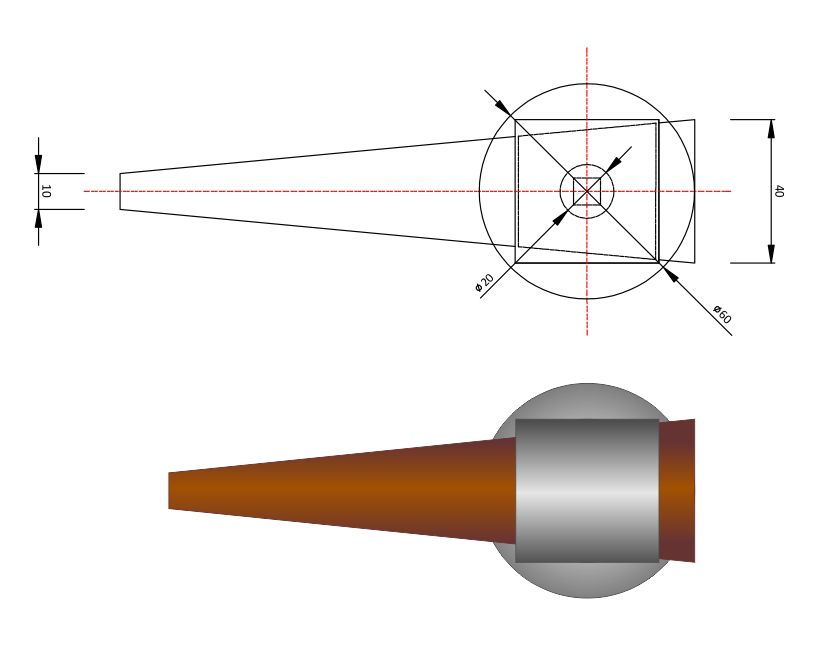
Handle Fit by jorge oliveira from brazil
designer's own words:
The starting point of the design was the connection between a cylindrical ring (the clamp) and a conical bar (the lever) studying the fitting of the two geometrical solids.
The metal ring is fixed to a cylindrical rod, attached to a cylindrical base and then to the door. The keyhole uses the same cylindrical base used for the ring of the lever, bringing a visual balance and symmetry to the piece.
The conical bar embedded within the ring is responsible for the open-close movement of the lock. The fit between these two parts, as well as the choice of the design of the solids, was thought not only for its functionality and ergonomics, but also as a way of eliminating a permanent assembly. The simple way of putting the parts together, having one inside the other, gives users the chance of interacting with the object that goes beyond its usual functionality.
The user can change the conical bar as often as desired, also changing the identity of their handle. These changes enable the user to have the door handle suiting each new space it is inserted.
The conical bar can be made in different materials (i.e.: wood, metal, acrylic) and may receive customized treatments, such as colors, textures and other small details. This variety of materials that can be used transforms the bar into the basis to receive graphic and art designs by other artists, for example.
The project presented uses a wooden bar in order to incorporate the proposed sustainability issues such as the production and consumption of waste coming from the timber industry.
Due to its small dimensions this handle can be produced from waste wood (noble or from reforestation) coming from other production lines.
The use of waste can optimize and integrate different production lines, promoting a better use of raw materials, reducing the extraction of new raw materials exclusively for the production of the door handles.
Top View